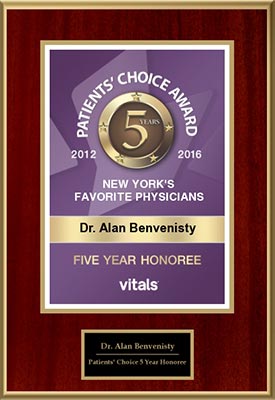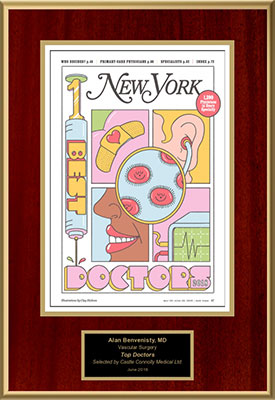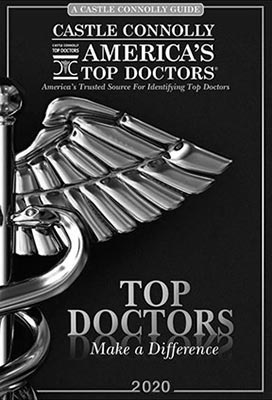Peripheral Artery Bypass Surgery
When fatty deposits build up along the wall of an artery in the leg(s), individuals may experience a number of symptoms from pain, a feeling of heaviness in their leg, skin ulcers and infection. While medication may be administered initially to combat symptoms of this leg condition, peripheral artery bypass surgery is one way to restore healthy blood flow to the lower extremities by rerouting the blood supply.
Peripheral artery bypass surgery may be performed in the following blood vessels:
- Aorta
- Artery in the hip
- Artery in the thigh
- Artery behind the knee
- Artery in the lower leg
- Artery under the arm
Surgery involves using a graft (plastic tube) or another blood vessel from the body to replace the blocked part of the artery. Specific types of peripheral artery bypass surgery include femoral popliteal bypass and femoral-tibial bypass.
Femoral popliteal bypass, or fem-pop bypass, is a surgical bypass procedure performed to bypass diseased vessels above or below the knee. Using a graft (man-made or a section of vein from another area) that is sewn onto the femoral and popliteal arteries, vascular surgeons enable blood to travel through the graft and around the blocked area. While patients can have general anesthesia for this surgery, some receive an epidural instead.
Femoral-tibial bypass also uses a graft to redirect blood, restoring healthy blood flow to the lower leg and foot. As with a fem-pop bypass, the graft may be synthetic or a transplanted blood vessel from another area of the body. As the graft is sewn above and below the blocked artery, the blood begins to flow through the graft, “bypassing” the diseased portion. The femoral artery is a common artery used when attaching grafts to restoring blood flow to lower extremities.
Limb Salvage Procedures and Bypass Surgery
Without question, treatment for lower extremity arterial disease has expanded over the past few decades, providing patients with tremendous advantages, one of which is limb salvage procedures. While previous cases of peripheral artery disease (PAD) would have resulted in amputation, especially for patients with diabetes, there are now options that allow surgeons to tackle even the most complicated cases.
Treatment options and devices available include the following:
- – Percutaneous balloon angioplasty (PTA): as a basic procedure, PTA involves inflating a balloon within the artery, moving and pushing the plaque against the wall.
- Cutting balloon: is used to break up hard plaque in the arterial wall.
- Stents: are stainless steel devices that are expandable and are used in relation to the location and characteristics of the repair site.
- Drug-eluting stent: are newly approved and coated with a slow release medication that absorbs over several weeks. The risk of restenosis (scar tissue) is reduced dramatically.
- Atherectomy: is performed to remove plaque from a blood vessel in order to prepare it for a more definite treatment. Atherectomy is usually paired with a balloon angioplasty.
In urgent cases where a blood clot has developed, causing an acute blockage of an artery, time is of the essence as patients are at risk for limb loss. Thus, treatment options include specific critical intervention using one or several of the following: thrombolysis, thrombectomy and embolectomy.
When it comes to limb salvage bypass surgery, careful consideration must be given to the inflow, and a healthy vein with unrestricted arterial inflow should be used. In a majority of cases, the common femoral artery is used. Yet, other arteries may be suitable such as the profunda femoris artery, superficial femoral artery, popliteal artery and even one of the tibial vessels. Surgeons must bear in mind the length of the bypass, and therefore, the length of the conduit needed. In turn, special consideration must be given to the patient’s anatomy and any lesions that may be in proximity to the area of inflow or bypass. According to the BASIL trial, bypass surgery using a vein offers patients the best long-term, amputation-free chance of survival and quality of life.
With notable expertise and experience in limb salvage bypass techniques, Dr. Alan Benvenisty, MD has been instrumental in helping numerous patients avoid limb loss with long-term success. As a distinguished vascular and endovascular surgeon in New York City, Dr. Benvenisty adheres to a philosophy of treating patients as individuals. As a result, his remarkable patient-care and work have been chronicled in many newspapers. To schedule an appointment with Dr. Benvenisty, contact our office on Amsterdam Avenue today.






